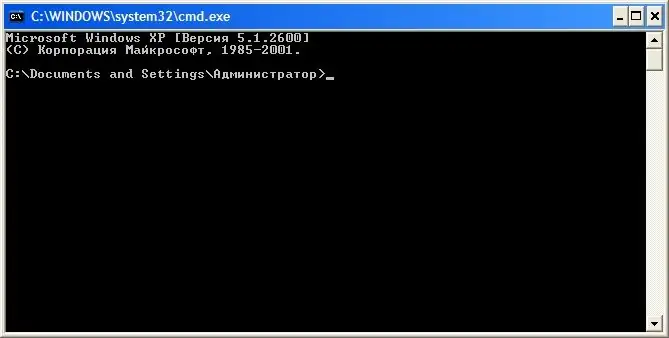Initially, in the Windows operating system, programs are launched under the control of a utility utility called User Account Control (UAC). But what if, to run some programs, you need to run with administrator rights? There are several easy ways to accomplish this.

It is necessary
a computer
Instructions
Step 1
Launch via shortcut. If the command line shortcut is on the desktop, right-click on it. In the drop-down list, select "Run as administrator". If there is no command line shortcut on your desktop, you can find the command line along the path "Start" - "All Programs" - "Accessories" - "Command Prompt". Also right-click on it and select "Run as administrator". A command prompt window will appear.
Step 2
You can also launch it through the "Search" panel. Click "Start" and in the search bar enter the name of the program cmd. Then press the key combination Ctrl + Shift + Enter on the keyboard. The command line will start. This operation is identical on almost all Windows operating systems.
Step 3
Change the properties of the shortcut. Right-click on the command line shortcut (or on the item in the "Start" menu, section "Accessories") and select "Properties". In the window that opens, find the "Shortcut" tab and go to it. At the bottom of the window, click the "Advanced" button and check the box next to "Run as administrator". Click "OK" and "Apply" to close the window and save the changes. To start the command line (now with administrator rights), double-click on the shortcut with the left mouse button. After this operation, the command line will be launched with the rights of the operating system administrator.
Step 4
The Windows operating system provides special utilities to make the user's work more secure. But there are also opportunities to bypass this protection - of course, for advanced users. It is also worth noting that administrator rights allow you to perform an unlimited number of operations on your computer. If you need to restrict any settings for other users of your computer, create a new account.






